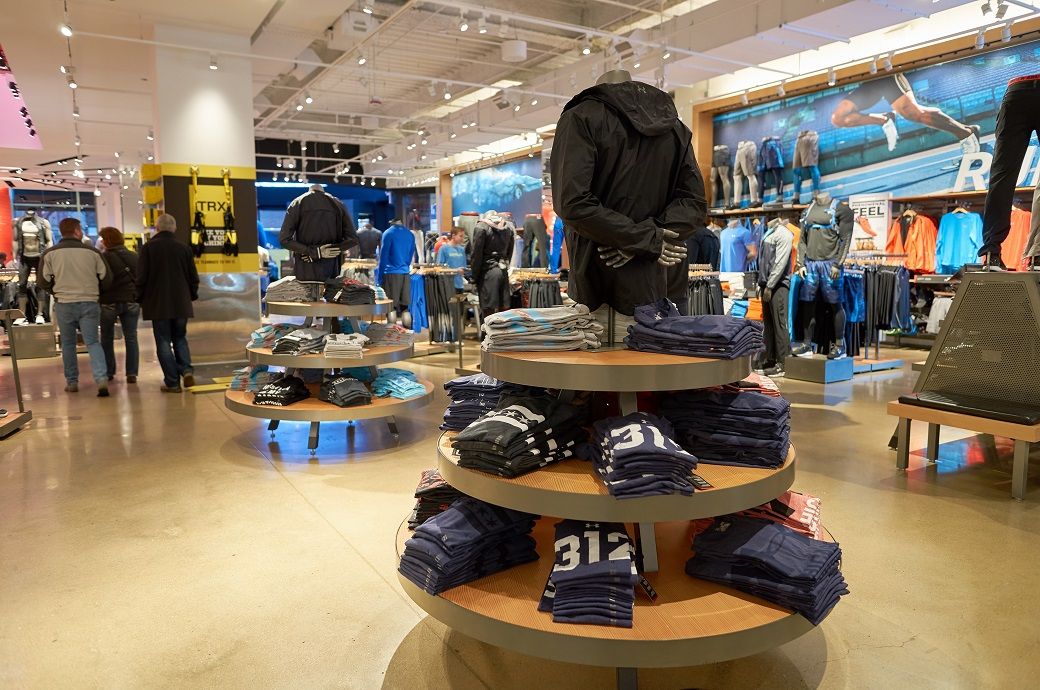
While retail clothing prices soar, the import cost per square-metre equivalent (SME) of cotton-dominant apparel dipped 9 per cent from the recent peak of $4.29/SME (November 2022) to $3.91 in seasonally adjusted terms. Despite the decrease, this figure is higher than the pre-pandemic average of $3.36/SME in 2018 and $3.45/SME in 2019, and significantly higher than the post-COVID lows near $3/SME from November 2020 through March 2021.
The recent inflation surge has not dampened consumer confidence. June witnessed the largest month-over-month gain in the Conference Board’s Index of Consumer Confidence since December, climbing from 102.5 to 109.7, the highest value since January 2022, Cotton Inc said in the US Macroeconomic Indicators & the Cotton Supply Chain - July 2023.
However, inflation-adjusted consumer spending was flat in May (-0.03 per cent), with spending on garments decreasing by 0.4 per cent month-over-month. Despite these declines, spending in May was still 21 per cent higher than in May 2019.
Inflationary concerns, primarily cantered on goods in the post-COVID period, have evolved to focus more on services. Recent wage growth, while lower than the post-stimulus peak of 5.9 per cent in March 2022, remains higher than any value posted between the financial crisis and the pandemic.
As inflation drops below wage growth, the latest data indicates that consumer spending growth can be financed more by income growth rather than savings or debt. This trend has positive implications for consumer spending and contrasts with the pattern observed since the second quarter of 2021 when the personal consumption expenditure price index (PCE Index) consistently outstripped wage growth.
However, inflation rates, nearly double the Federal Reserve's official target, suggest the central bank might need to continue raising interest rates in the future, which could potentially impact the labour market and employment rates.
On the labour front, the US economy added an estimated 209,000 jobs in June, while the unemployment rate decreased marginally from 3.7 per cent to 3.6 per cent. Average hourly wage growth remained at 4.4 per cent year-over-year for the third consecutive month, nearly twice the average increase between 2010 and 2015 but lower than the post-stimulus peak of 5.9 per cent in March 2022.
ALCHEMPro News Desk (KD)
Receive daily prices and market insights straight to your inbox. Subscribe to AlchemPro Weekly!